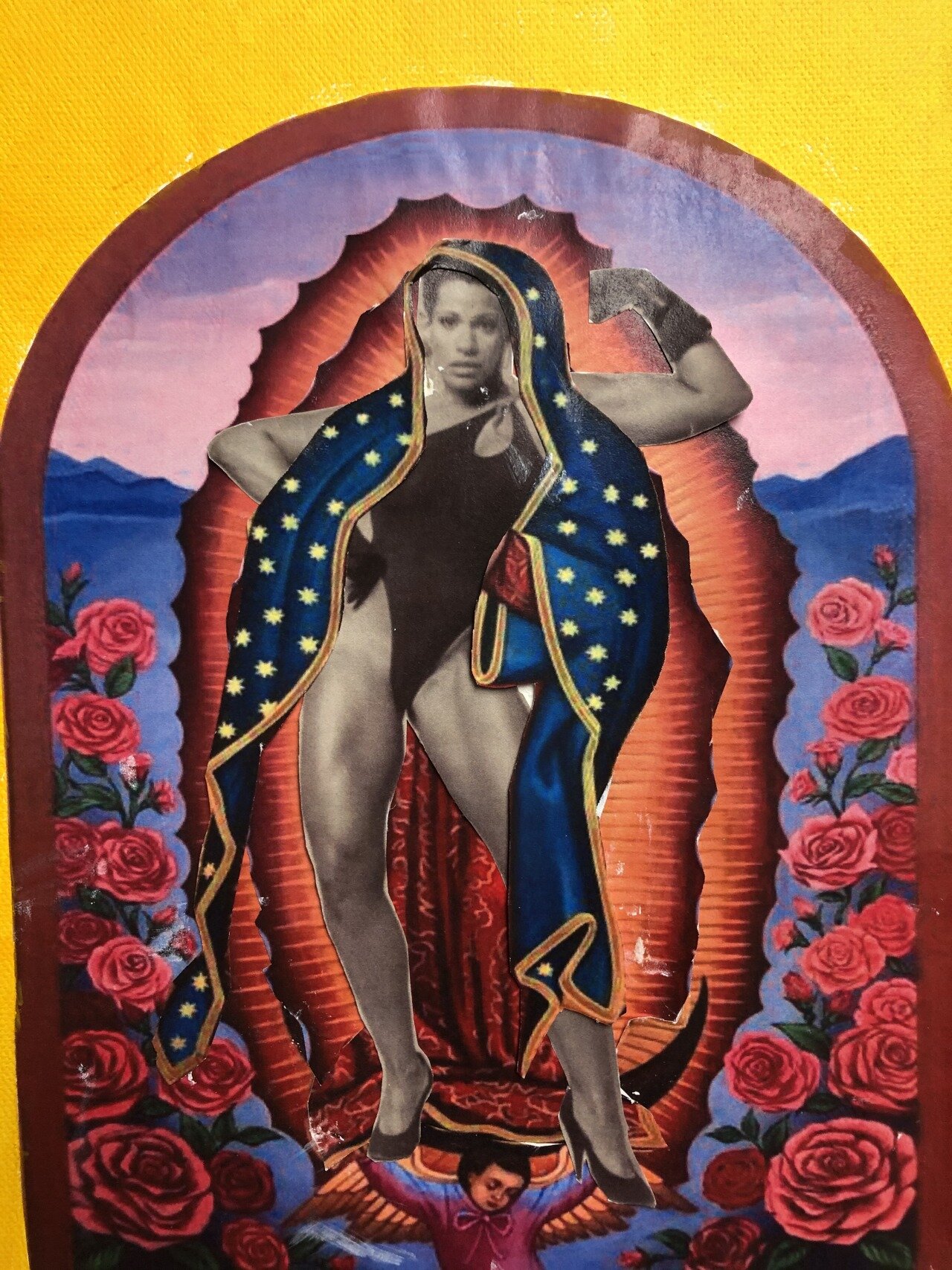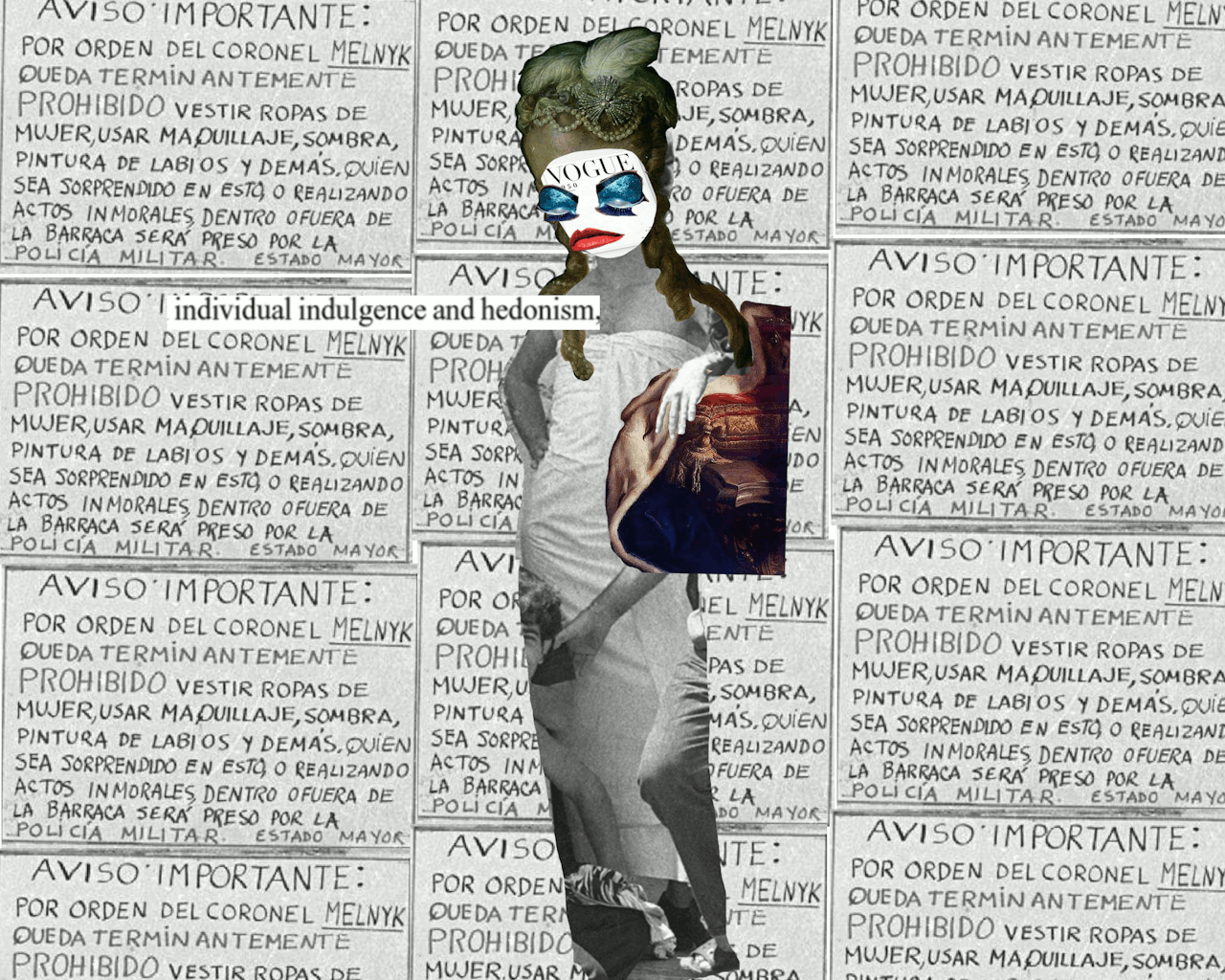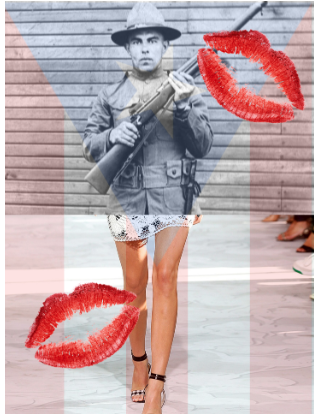
In the personal collage that was created, which is titled “El maricón y mas”, embraces that exact notion that was derived from the course. As a creative work, it functions to take note of the varying intersecting identities of the individual, which are a Catholic, slut, Latinx, and gay man. At the same time, different images throughout the piece work to highlight the restrictive powers that exist throughout society and the life of the individual. The combination of these elements were made to show a stance against the regulations that have been imposed by social institutions that are still relevant today.
–Marcos DN











































